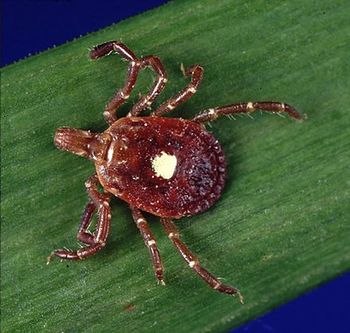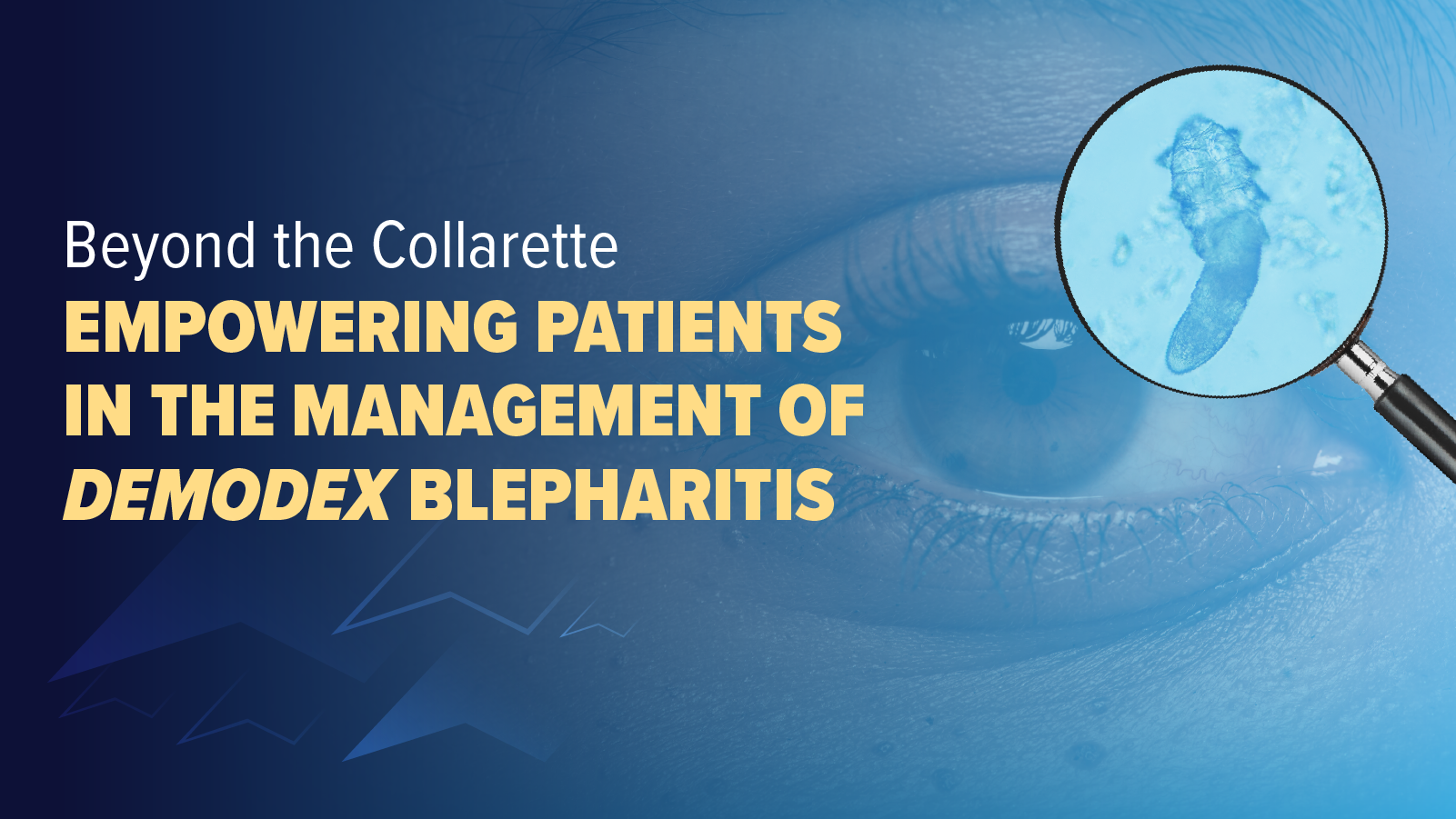Candida infections pose a clinical challenge due to the limited availability of antifungal drugs, biofilm formation, and antifungal drug resistance. One promising approach to address these challenges involves the use of fungi-targeted liposomes to enhance drug delivery and solubility while reducing toxicity. In this recent study, researchers developed liposomes that encapsulate the antifungal drug posaconazole (POS) and decorated them with the peptide penetratin (Pen). This modification significantly increased liposome-fungal cell interactions, enhancing fungal binding from around 50% to over 80% for Candida albicans and Candida auris.1
The enhanced targeting provided by the Pen-decorated liposomes allowed for a substantial reduction in the required POS concentrations to inhibit planktonic C albicans and C auris, with inhibition achieved at levels up to eight times lower than non-Pen-decorated liposomes. Additionally, the Pen-decorated liposomes were effective in inhibiting C albicans and C auris biofilm formation at POS concentrations up to 1300 times lower than free POS.1
In an intradermal murine infection model, these liposomes demonstrated promising prophylactic activity, reducing fungal burden by about 60% compared to non-targeting POS-loaded liposomes. Overall, this study highlights the potential of Pen-decorated, POS-loaded liposomes to expand the antifungal drug repertoire against Candida species and provides a novel platform for improving the treatment of fungal infections.1
What You Need To Know
The study demonstrates that decorating liposomes with the Pen enhances fungal targeting, increasing binding to C albicans and C auris from approximately 50% to over 80%.
Pen-decorated liposomes encapsulating POS are able to inhibit Candida species at concentrations up to 1300 times lower than free POS, including effective biofilm inhibition.
In a murine infection model, these Pen-decorated liposomes showed promising prophylactic effects, reducing fungal burden by 60% compared to non-targeting POS-loaded liposomes, indicating potential for improved treatment of fungal infections.
This data is particularly relevant considering recent findings about C auris’s rise as a multidrug-resistant pathogen, as highlighted in a recent editorial in Nature. C auris has become a global concern due to its increasing outbreaks and resistance to multiple classes of antifungal drugs, including azoles, echinocandins, and polyenes. Since its discovery in 2009, C auris has spread to over 60 countries, with growing infection rates and mortality, particularly among immunocompromised patients.2
The editorial underscores the urgency of addressing the resistance mechanisms of C auris, which led to its designation as a critical priority pathogen by the WHO in 2022. Surveillance gaps, inadequate species-level identification in healthcare settings, and the use of agricultural fungicides that contribute to cross-resistance have exacerbated the threat posed by C auris. These challenges highlight the need for innovative strategies, such as those presented in the study on peptide-decorated liposomes, to improve antifungal treatment and control the spread of resistant fungal pathogens.2
Together, these findings reinforce the importance of advancing antifungal treatment options, particularly in the face of rising resistance and the complex biological mechanisms behind infections like C auris. The novel approach of enhancing drug delivery and targeting with peptide-decorated liposomes provides a potential avenue for more effective treatments against multidrug-resistant fungi.
References
1. LaMastro V, Walker D, Liu J, Meng-Saccoccio T, Shukla A. Peptide-decorated liposomes enhance fungal targeting and antifungal drug delivery. Adv Funct Mater. 2025;35(18):202508570. doi:10.1002/adfm.202508570
2. High time to tackle drug-resistant fungal infections. Nature. April 15, 2025. Accessed May 15, 2025. doi:10.1038/d41586-025-01177-x



























































































































































































































































































